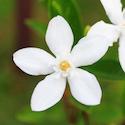Plant and flowering issues
These are all articles in the sub-category Plant and Flowering Issues
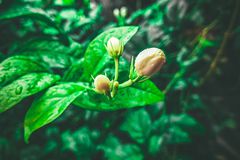
Nestled among the lush tapestry of floral wonders, few plants have captivated gardeners and flower enthusiasts quite like jasmine. With a history rooted in cultural significance, this enchanting plant has graced gardens and delighted the senses for centuries.
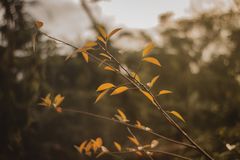
Jasmine plants can be very delicate to care for and sometimes it can be quite overwhelming to see phenomena like leaf drop. This event, is a particularly annoying one, since, it can be hard to ping-point the root cause of it and correct it. This post explains what you can do if you experience leave drop.
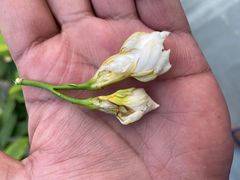
Commonly growing as shrubs and vines, jasmines and their varieties, usually produce a wide array of exquisite flowers. Depending on the jasmine species, these secretes rich, intense and long lasting scents from their various types of blossoms. The flowers can range from unique waxy and white to intense yellow or purple. But let's not forget those which can reach that incredible red passion tone. Not only are jasmine flowers desirable and priced for their intoxicating fragrance, but some also have numerous benefits for medicinal and cosmetic uses, which include skin care and stomach-ache remedies. They are also of a spiritual significance for some cultures. Growing jasmines until they bloom and keeping their flowers opened and shining for as long as possible, has long been a field of interest for many passionate gardeners. One could say, that when it comes to strong fragrant flowers, jasmine species are on the top of the list. There are more than 200 species of jasmines, so imagine how many different scents you could get, raging from the stronger ones to the weaker ones, from the ones with a wood hint, to the ones with a lemon twist! Oh so much variety!
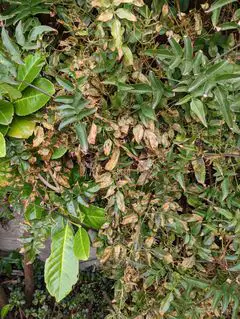
Star Jasmine leaves can turn brown because of weather fluctuations, herbicide misuse, nutrient deficiencies, improper fertilisation, root-related diseases or pests, under-watering or over-watering and too much sunlight exposure.
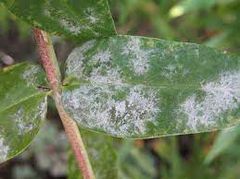
Powdery mildew is a common group of fungal species that infect a wide variety of plants, including our jasmine plants. The symptoms of this disease are not difficult to identify, as the first clinical signs of these infections are, circular and irregular white spots on the surface of the leaf, which quickly spreads its growth on both sides of the leaves, leading to those leaves to wilt. Usually, powdery mildew starts infecting the lower leaves of our jasmine plant and makes its way up to the upper tissues of the plant. Those leaves often appear twisted, distorted, with a dry look, covered with white powder and ultimately wilted. Powdery mildew infection thrives on dry and a bit damaged foliage, being particularly infective in high humidity, warm temperatures and in low light conditions. Powdery mildew infection is rarely fatal, although, if left unchecked, it can cause a nasty situation around your jasmine plant, that could compromise its integrity. Powdery mildew is caused by a variety of closely related fungal species belonging to the Erysiphaceae family. The most common species that comprise powdery mildew are, Golovinomyces cichoracearum, Erysiphe cichoracearum, Erysiphe polygoni, and Microsphaera penicillata, but, there are many more, compiling a total of 700 different powdery mildew fungal species. Powdery mildew fungi are obligated and biotrophic parasites, which require a living host to infect in order for it to grow and further reproduce.
